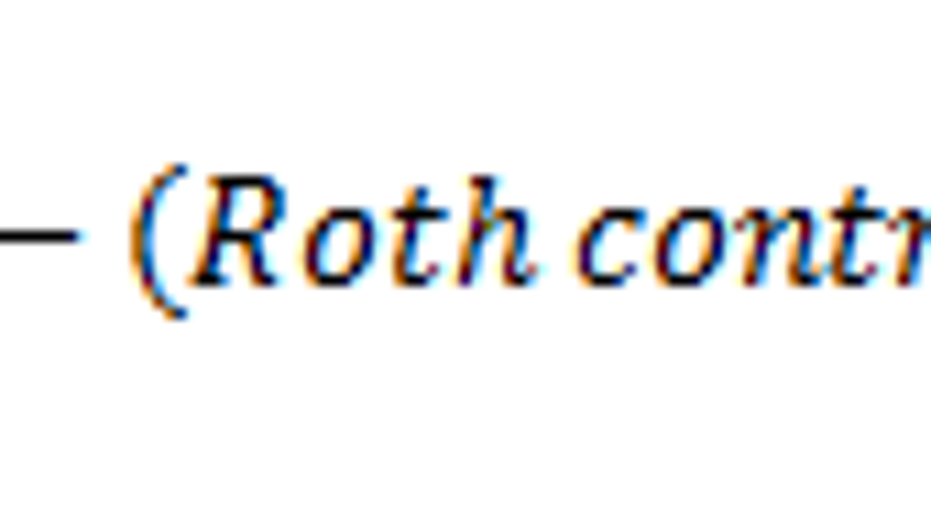How to Calculate the Taxable Amount of an IRA Withdrawal

Depending on the type of IRA account you own, when you made your withdrawal, and whether or not your contributions were deductible, the taxable amount of an IRA withdrawal can vary significantly. Here's what you need to know to calculate the taxable amount of any withdrawal from a traditional or Roth IRA.
Withdrawals from a traditional IRAIf all of your contributions to your traditional IRA were tax-deductible, the calculation is simple --all of your IRA withdrawal will be counted as taxable income.
If you had any nondeductible contributions (not common), the calculation gets a little more complicated.
First, you'll need to figure out how much of your account is made up of nondeductible contributions. Take the total amount of nondeductible contributions and divide by the current value of your traditional IRA account -- this is the nondeductible (non-taxable) portion of your account.
Next, subtract this amount from the number 1 to arrive at the taxable portion of your traditional IRA.
Finally, multiply this number by the amount you withdrew from your traditional IRA. This is the taxable amount of your withdrawal.
For example, if you have a $100,000 traditional IRA and have made $15,000 in nondeductible contributions over the years, the nondeductible portion is 0.15. Subtracting this from 1 gives 0.85 for the taxable portion of the account. If you decide to withdraw $10,000, multiplying by 0.85 gives a taxable IRA withdrawal amount of $8,500.
Withdrawals from a Roth IRASince Roth IRA contributions are made on an after-tax basis, qualified withdrawals are completely tax-free. A "qualified" Roth withdrawal includes the following:
- A withdrawal of your original contributions at any time, for any reason.
- Any withdrawal from your account after you turn 59 1/2 years old and your account has been opened for five years or more.
If neither of these applies, your Roth IRA withdrawal is generally considered to be a nonqualified withdrawal, and any investment gains are taxable (but not your original contributions). There are three exceptions to this-if you are disabled, you withdrew up to $10,000 to buy a first home, or if the withdrawal was paid to your beneficiaries after death.
If you make a nonqualified Roth withdrawal, here's how to figure out the taxable portion.
First, add up all of the contributions you've made to your Roth IRA since opening the account. Then, subtract any prior withdrawals of your contributions you've made in the past. This represents the portion of your account that can be withdrawn tax-free at any time.
Finally, deduct this amount from the amount of your Roth IRA withdrawal in order to calculate the taxable amount.
For example, let's say that you've contributed $25,000 to your Roth IRA, have never made a withdrawal, and your balance is now $35,000 including investment profits. If you withdraw $30,000 prematurely, $25,000 of that amount is tax-free since it represents your original contributions, and the remaining $5,000 of the withdrawal will be considered taxable income.
This article is part of The Motley Fool's Knowledge Center, which was created based on the collected wisdom of a fantastic community of investors based in theFoolsaurus. Pop on over there to learn more about our Wiki andhow you can be involvedin helping the world invest, better! If you see any issues with this page, please email us atknowledgecenter@fool.com. Thanks -- and Fool on!
The article How to Calculate the Taxable Amount of an IRA Withdrawal originally appeared on Fool.com.
Try any of our Foolish newsletter services free for 30 days. We Fools may not all hold the same opinions, but we all believe that considering a diverse range of insights makes us better investors. The Motley Fool has a disclosure policy.
Copyright 1995 - 2016 The Motley Fool, LLC. All rights reserved. The Motley Fool has a disclosure policy.



















